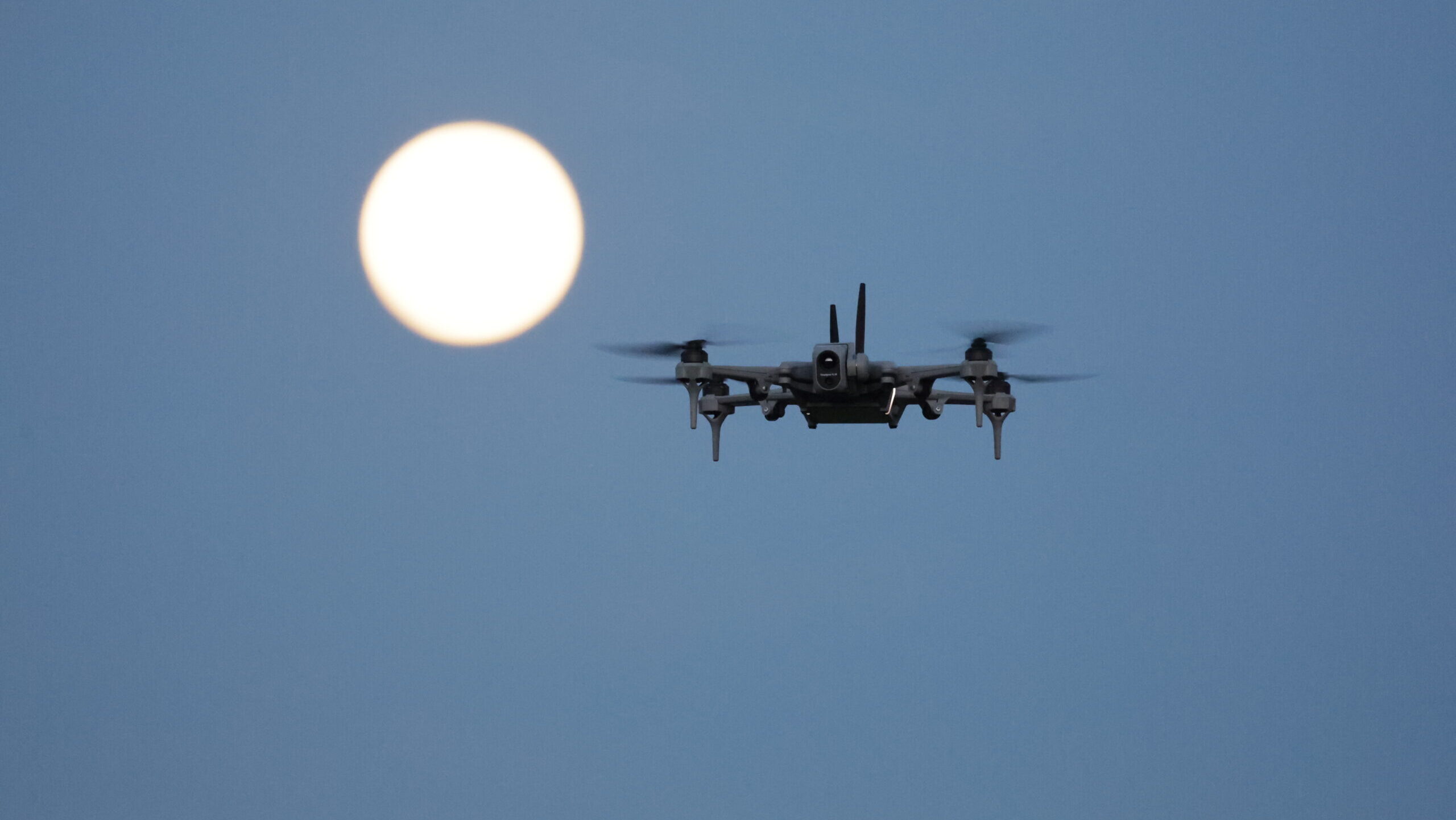Copyright Breaking Defense

Drones are changing the battle space seemingly overnight and across all war fighting domains. Red Cat plays an important role in the drone industrial base through its presence on the DIU blue list for quadcopters and fixed wing VTOLs. We talked about the latest in drone developments with Brendan Stewart from Redcat. Breaking Defense: Brendan, the Defense Department is opening its aperture to new technologies like drones that it can deliver faster and at scale. What’s the importance of this to warfighters? Stewart: Barry, it’s incredibly important. Look, drones have fundamentally changed the nature of modern warfare. We’ve gone from traditional aviation programs, even on the drone side, things like Predator, Raven, Puma. Now we’re seeing the drones are being used at the squad level, at the unit level in a much more tactical capacity. The Army’s realized this through the implementation of the Short Range Reconnaissance Program, and we’re proud to be one of the down selectees in that program to provide this cutting-edge capability to the warfighter. Let’s talk about the Short Range Reconnaissance program. You are now going into low rate initial production for your Black Widow drone. Tell us about the drone, the contract, and the importance of short range reconnaissance. The Black Widow Drone is the only drone in its class designed specifically to meet Army requirements. The first thing we did in participating in the SRR program was go to the warfighter, determine exactly what their needs were. And that was done primarily through referencing the Army’s requirements and additionally through high stakes real world fly offs against our direct competitors in the space. We were lucky to win that down select program, largely due to our diligence and our listening to the warfighter in what their needs were pulling from conflicts like we’ve seen in Ukraine and elsewhere. The Black Widow is the first small UAS in its class in the SRR program being deployed rapidly at scale throughout DOD. We’re very excited about this because it represents a doctrine shift from the traditional sort of ISR Overwatch drones of the Global War on Terror era to a much more tactical unit level ISR and light strike asset at massive scale. We’re not talking about dozens of drones or hundreds of drones, or even thousands of drones. We’re talking about fielding plans of tens of thousands of drones through the life of the program. That fundamentally changes the nature of how conflicts are fought when these small drones are available to every unit at every level in potentially every place on the battlefield. We’ve seen those tactics being used in Ukraine to create success. We know that some of our geopolitical adversaries in the Pacific region are building up large manufacturing capacities for small UAS. This really represents a shift in the Army’s doctrine as it relates to procurement and deployment of these assets. We’re excited to be a part of it and we’re proud to serve the American warfighter. NATO nations and others in Europe have the same needs as we’re seeing in the US. What are you hearing about drone procurement across NATO and their requirements that might be slightly different than what we are seeing here in the US? Great question. One of the things that the conflict in Ukraine has highlighted for many of our European partners in and outside of NATO, is the fragility of the Ukrainian border has produced great concern regarding defensive capacity for bordering nations. We’ve seen massive upticks in demand from some of our partner nations in line with what the USA’s requirements are for a number of reasons, including interoperability, and also the fact that the innovation cycle is not driven by Chinese components. We know that China and Russia are close allies and in a conflict with Russia, these nations want to be assured that their supply chains will not be cut off, that their software is secure, that they will be able to continue receiving these critical defensive articles. So we’re seeing a lot of turn towards trusted American supply chains. And we’re also seeing a procurement process that’s fundamentally changing from the traditional manned aircraft – multi-decade procurement programs with fixed requirements – to a more commercial off the shelf style procurement process where the country is able to buy the best capabilities in the market available today and run the procurement process on the same timeline as the development cycle, because it’s a constant cat and mouse game, especially with electronic warfare, to stay ahead of our geopolitical adversary. On a related subject, Red Cat has launched a maritime autonomy group called Blue Ops. Tell us about that. Blue Ops is a very exciting new division that we’ve opened at Red Cat. Blue Ops builds unmanned surface vessels, and we realized two things. First, the nature of conflict is changing. We expect more global conflict in what we call the littoral combat environment. Rivers, close in ocean, brackish water, that kind of thing. We realized that there are not a lot of competitors in the space that are providing a warfighter-driven solution. Our goal is to get as close as we can to the Navy’s requirements, and provide those capabilities to fight the conflict of tomorrow, hopefully deter the conflict of tomorrow before it starts.



